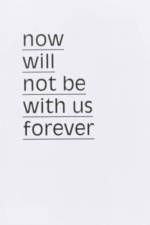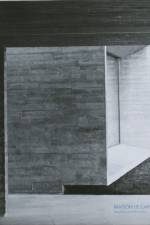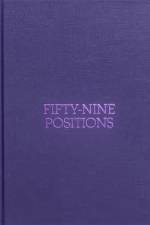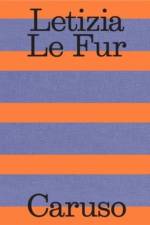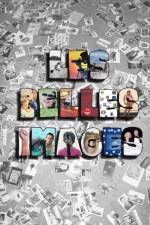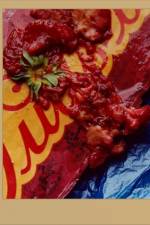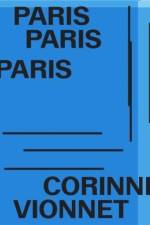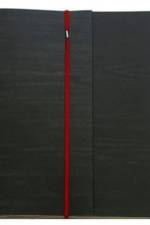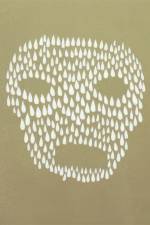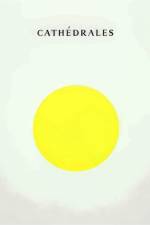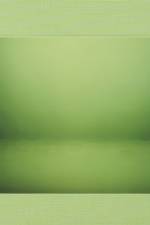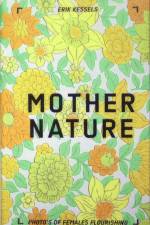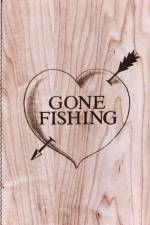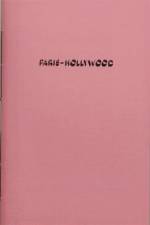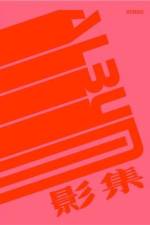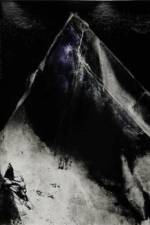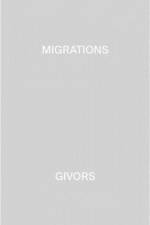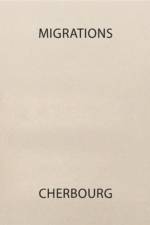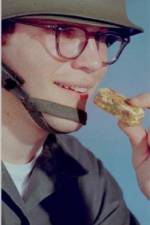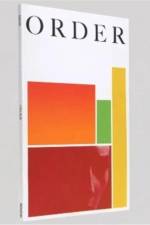av Philippe Jarrigeon
485
Filled with colors and tangy memories, PLAY, Philippe Jarrigeon's first monograph, celebrates 15 years of a photography that is free of expression and deliciously deviant. Published by RVB Books under the artistic direction of Beda Achermann, the book gathers a collection of personal and editorial shots of mixed genres, between portraits, still lives and landscapes. The polysemic term PLAY is the GAME echoing with the insolence and the sense of humor that inhabit each image. It is the acting GAME evoking the major role held by the models who are staged. It is also the start of a video, a tune... a new GAME. Imagine the fantasy, the colors, the attention to detail; Cher Horowitz from Clueless coexisting with Carlotta Valdes from Vertigo; Wheel of Fortune, Women on the Verge of a Nervous Breakdown's gazpacho, a TV show set mock up; all of this conversing together, and you will get a catalogue of images with, as common thread, the fabulous universe of 1990s television and cinema. All of it forms a visual library of our collective pop culture, with one peculiarity: everything seems offbeat. The sequence of images here has been thought out like a zapping session, where glam goes hand in hand with plain consumer good, the exceptional with the trivial, the beautiful with the ugly, the too serious with the too funny. The locations that have been photographed seem faker than movie sets, as the young models mimic the big stars. PLAY is the parody of a logbook, the diary of a great Hollywood studio at the teen years of Golden Age.



